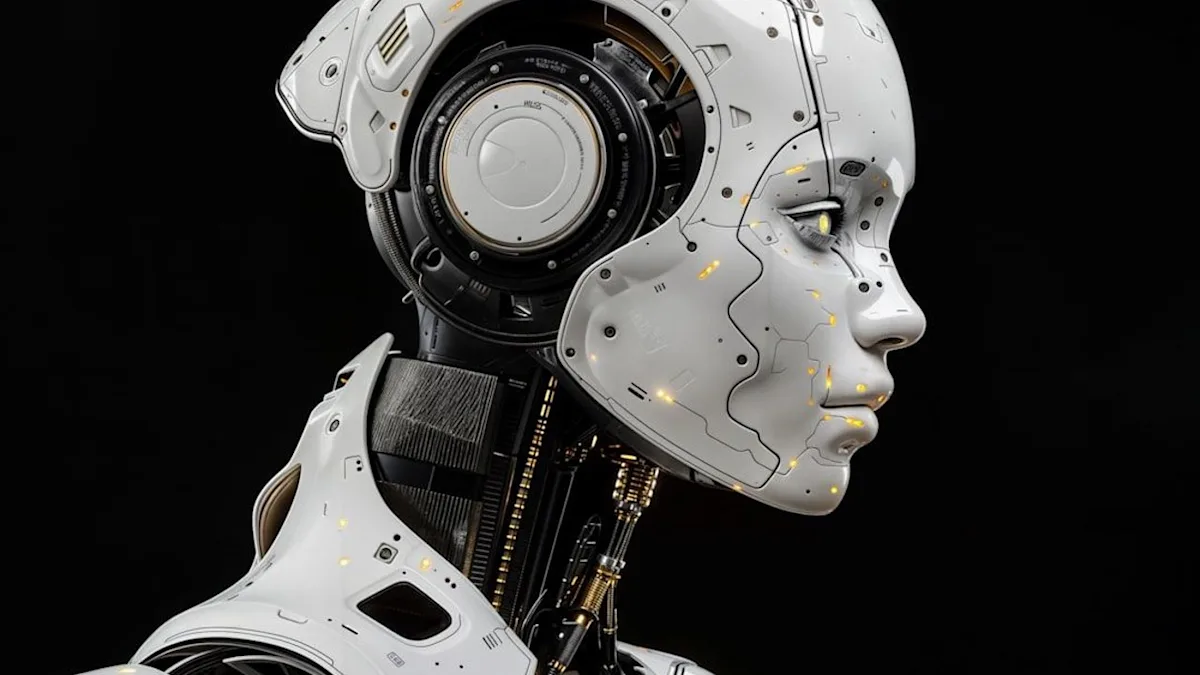Until recently, the idea of humanoid robots that we can talk to and interact with naturally and fluidly has seemed like a distant dream.
Musk’s promise of Tesla Optimus robots working in factories and helping out in our homes is a bold one. However, the project has been plagued with delays, like many other Musk-led efforts. Other labs are also developing robots around similar premises, but it’s only recently, with advances like Nvidia’s Jetson Thor supercomputer, that the sci-fi-like tech has appeared to take big steps forward.
Several companies are working on overcoming the obstacles and challenges inherent in building useful humanoid robots. Here are some of the most notable pioneers in the space — and how their research is progressing.
Boston Dynamics — Atlas
Atlas is a humanoid robot developed by Boston Dynamics. Initially commissioned by DARPA as a search and rescue robot, the project has evolved since 2013, and the new fully-electric version of Atlas can fill various practical roles.
-
Key specs/features: Bipedal mobility, ability to operate tools, walk, and even drive
-
Target market: Primarily designed for search and rescue missions, though its versatility allows for broader practical use
-
Status: The latest model is commercially available
-
Distinctive advantage: The fully-electric design improves efficiency, agility, and sustainability compared to earlier hydraulic models
Agility Robotics — Digit
Digit claims to be the world’s first commercially deployed humanoid robot. It’s designed to carry out repetitive tasks, such as loading and unloading, palletizing products, and tote recycling.
-
Key specs/features: AdvancedAI systems to help the robot learn new skills
-
Target market: Warehouses and logistics companies seeking efficiency in repetitive tasks
-
Status: Commercially available and already being adopted in logistics operations
-
Distinctive advantage: Easy to instruct and integrate into existing workflows via a cloud-based automation platform
Apptronik — Apollo
Apollo is a general-purpose humanoid robot with a friendly appearance. Apptronik has tested using Google’s DeepMind technology to power Apollo, enabling it to fulfill a variety of use cases.
-
Key specs/features: Weighs 160 pounds and can handle payloads up to 55 pounds
-
Target market: General commercial uses, ranging from construction to elder care
-
Status: Commercially available
-
Distinctive advantage: A more human-like appearance than many other robots, which makes it more approachable than many industrial-focused humanoids
Sanctuary AI — Phoenix
Phoenix is a multipurpose robot developed by Sanctuary AI. The company is one of many focusing on using AI to help robots carry out more human-like tasks.
-
Key specs/features: Haptic and optical feedback for skill acquisition
-
Target market: Industrial and scientific environments
-
Status: Commercially available
-
Distinctive advantage: Flexible hands and wrists allow the robot to operate a variety of tools
Engineered Arts — Ameca
Ameca is a humanoid robot developed in the United Kingdom, designed not for heavy industrial use but for human interaction. Unlike traditional humanoid robots built to handle manufacturing tasks, Ameca’s purpose is to mimic human expressions and engage in real-time conversation.
-
Key specs/features: Modular hardware and cloud-based controls for flexible upgrades and functionality
-
Target market: Customer-facing environments
-
Status: Commercially available
-
Distinctive advantage: Human-like face and natural motion, making interactions feel more approachable and authentic compared to other robots
UBTech — Walker S2
Walker S2 is an industrial robot produced by UBTech. It features advanced bipedal locomotion, enabling it to adapt to changing terrain without stumbling or falling. It can also find its charging station and replace its own batteries, allowing for continuous operation.
-
Key specs/features: Humanoid gait and the ability to adapt to terrain
-
Target market: Warehouses and industrial applications
-
Status: Commercially available
-
Distinctive advantage: Capable of changing its own batteries
1X Technologies — Neo Gamma
Neo Gamma is a humanoid robot aimed at home users. It features a soft, fabric body and quiet servos and actuators, making it ideal for small home use environments. The product is currently in development at 1X Technologies and is a refinement of previous industrial models such as Eve and Neo Beta, which are already commercially available.
-
Key specs/features: Quiet actuators, soft outer body
-
Target market: Home users
-
Distinctive advantage: Hands that can precisely interact with small objects


Leave a Reply